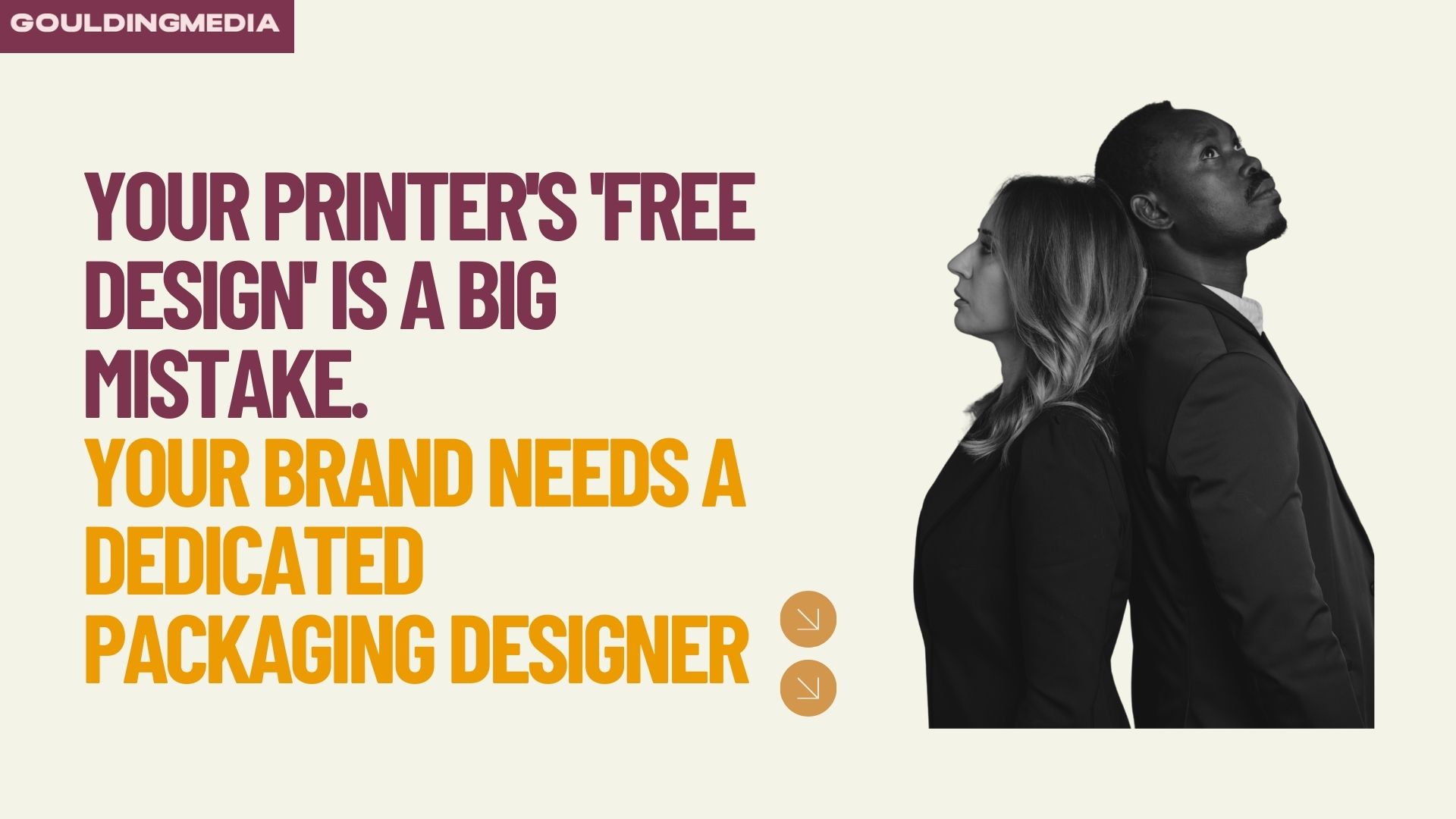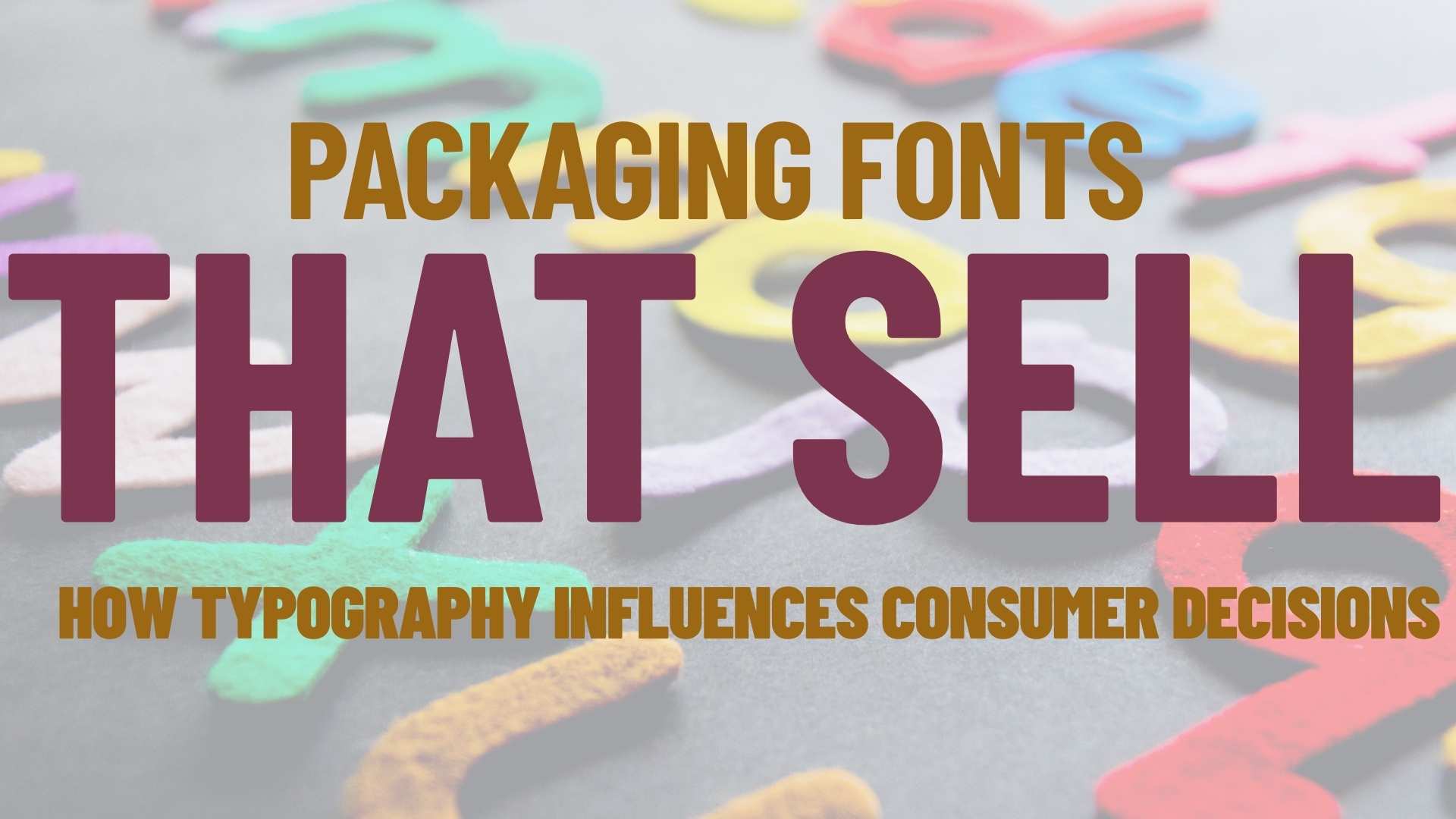Packaging can make or break a product. It’s the first thing people see, touch, and judge—often before they even know what’s inside. If the design doesn’t grab attention or communicate clearly, your product risks being ignored, no matter how good it is.
I’ve seen what works and what doesn’t. I’ve also had a front-row seat to what happens when businesses cut corners on design. That’s why this guide exists: to help you avoid common mistakes, understand your options, and choose a designer who’s the right fit for your business and your goals.
If you’re serious about creating packaging that stands out and performs, let’s start with the groundwork.
The Five-Second Shelf Test
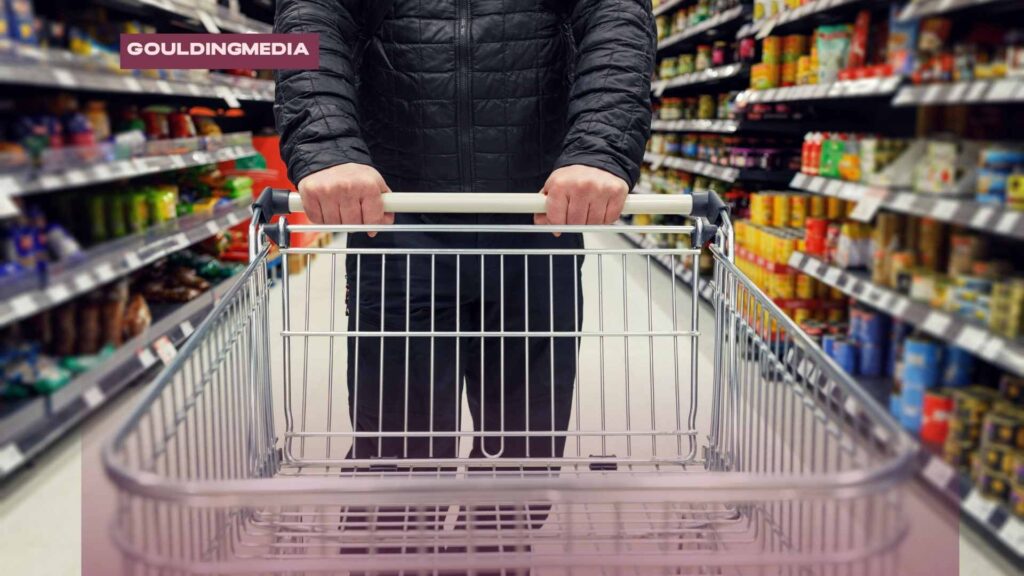
I was walking through the supermarket, halfway down aisle seven, not really paying attention. Like most shoppers, I was on autopilot, reaching for the same items I always buy. Then something stopped me. A product with packaging that looked different. The colours stood out. The design was clean. The message was clear. Without thinking too much, I picked it up and added it to my basket.
That’s how fast packaging works. In just five seconds, it can grab someone’s attention and change what they buy. It doesn’t matter how good the product is if no one notices it.
That’s why choosing the right packaging designer is important. I know how confusing it can be to start that search. Should I hire a freelancer? Ask my printer? Use a cheap platform? So I’ll walk you through what I’ve learned so you can avoid common mistakes and find someone who’s the right fit for your business.
Packaging Design: Where to Begin?
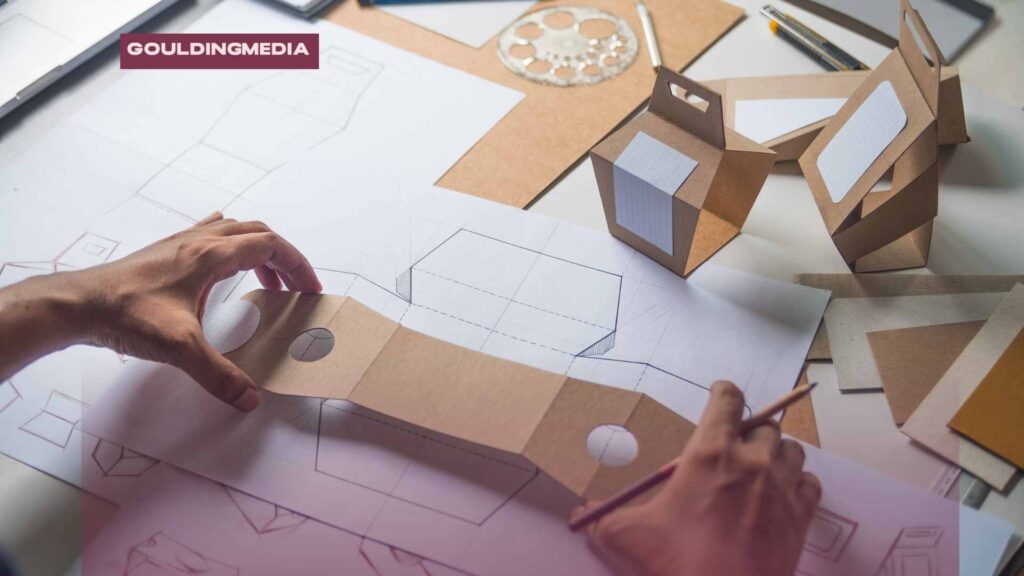
Do the Groundwork First
Before you hire a packaging designer, take some time to lay the foundation. If you skip this step, the design process can become confusing, expensive, and less effective. You don’t need to have all the answers, but you do need to understand the basics of what you’re trying to achieve.
Know the Shelf You’re Competing On
Go to stores, order products online, and take note of what’s already out there. Who are your competitors? What do their packs look like? What stands out and what disappears? This gives you a clearer view of what you’re up against and how your product can stand out.
Not sure where to start? Check out our guide on How to Choose the Right Packaging for Your Product That Retailers and Customers Love for practical steps that help you align your packaging with real-world expectations.
Clarify Your Goals
Are you launching a brand-new product? Rebranding something that’s not selling? Trying to reposition yourself to attract a new audience? Get specific. Your goals will shape the design direction and help your designer focus on what matters most.
Share What You’ve Already Done
Gather anything you’ve worked on so far — mock-ups, samples, feedback, budget limitations, or materials you plan to use. Even if it’s rough, it helps the designer understand where things stand and what constraints they need to work within.
Design Comes After the Strategy
Packaging design isn’t where your journey begins. It’s where your planning, research, and product thinking come together. Doing the prep work means the designer isn’t guessing — they’re building on a clear foundation to create something that works in the real world.
Types of Packaging Designers: Know Your Options
Now that you know why doing the groundwork is important, it’s time to understand the different types of packaging designers you can work with. Choosing the right designer means knowing what each option offers and what limitations they have.
In-House Designers (Printers or Production Houses)
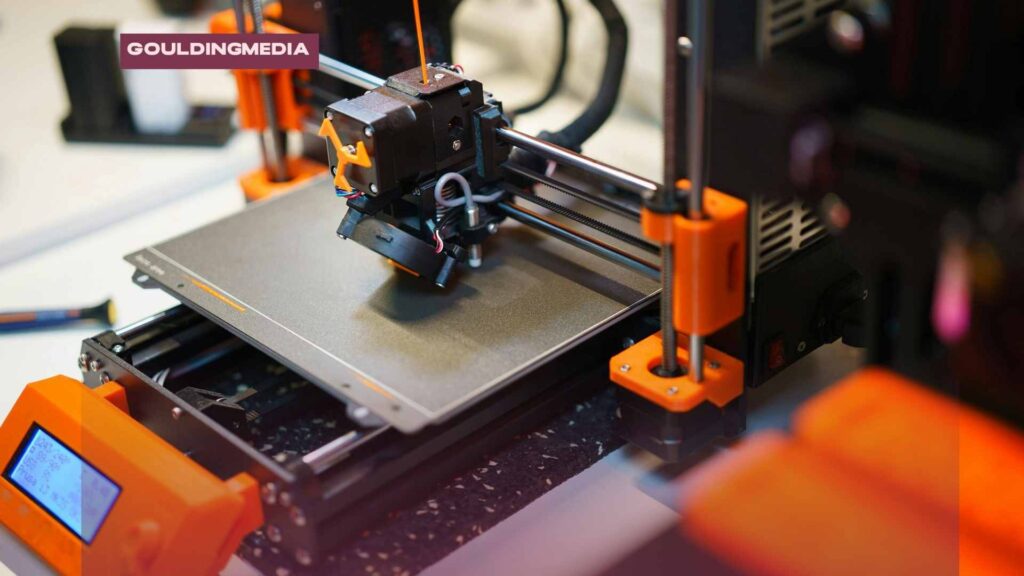
You might consider working with in-house designers at your printer or production house. The advantage here is speed—they already have the equipment and relationships to get your packaging made quickly, and they’ll likely offer their services at a cheap price or build it into their costs.
But here’s the catch: printers are set up to sell print, not to build your brand.
- Their main goal is to get your packaging through their machines quickly and efficiently.
- They use their own materials and equipment, so the design is often limited to what works best for production.
- Packaging isn’t just one box or pouch—it’s a system that includes retail packs, shipper boxes, trade samples, and more.
- Printers often only handle one part of this system and don’t consider how it all fits together or supports your brand.
- The design team at printers usually consists of artists who prepare print files but don’t shape your brand story or messaging.
Expecting print house designers to create a brand personality is like asking a builder for interior design inspiration — they focus on the technical side, not the creative strategy. If you want packaging that truly represents your brand and connects with customers, you need someone who understands both creativity and strategy.
Freelance Designers
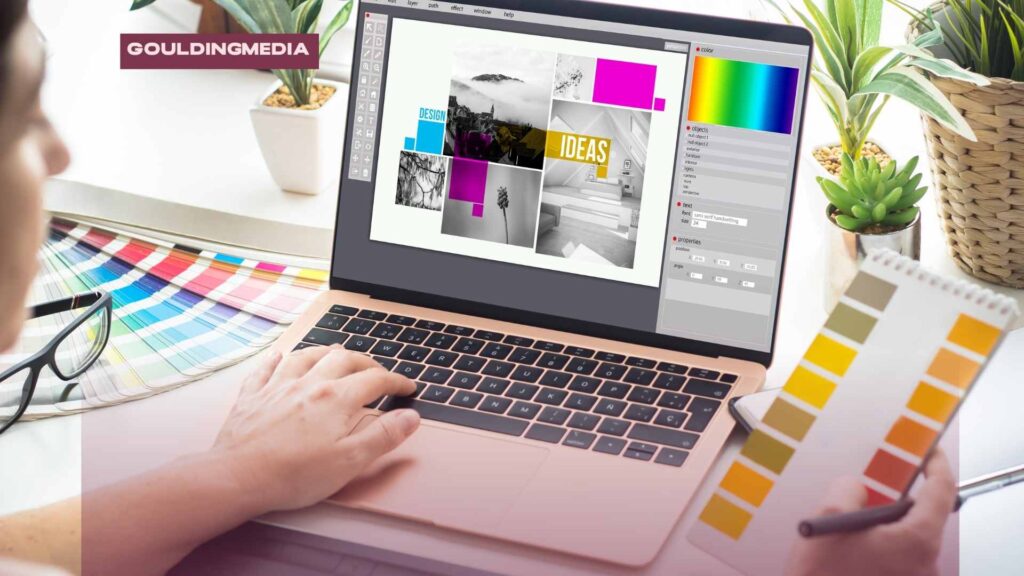
Freelancers offer more flexibility and often come at a lower cost. They can be a smart choice if:
- You have a strong internal team managing brand and strategy.
- Your project is straightforward with a clear brief.
- You want creative input without the cost of a full agency.
But remember, freelancers usually work solo. If your project grows or needs strategy, production advice, or rollout support, you might find yourself stretched thin. Hiring the right freelancer is also tricky. In our experience of working with freelancers, many will show you what they think you want to see in a portfolio of work, but when it comes to demonstrating that experience, they quickly admit that their packaging projects were not all their own work, or they only helped with some basic parts of the process.
Design Agencies Specialising in Packaging

Specialist packaging agencies bring a strategic approach and a full team of designers, brand strategists, artwork specialists, and print professionals. They understand retail environments and help you build packaging that works across your entire product range.
The trade-off is higher cost, but this investment often pays off with packaging that performs better on the shelf and supports your brand over time.
Why Not Just Use Upwork or Fiverr?
Platforms like Upwork or Fiverr seem attractive for their low prices and quick service. But packaging design isn’t just about making something look nice—it’s about creating packaging that sells your product and builds your brand.
- Many freelancers on these sites work fast and move on, without digging deep into your brand or market.
- The design will be too if your brief is unclear or missing a strategy.
- Cheap design often means your product might look nice but won’t stand out, communicate value, or justify its price in stores.
- You may only realise what’s missing after your product underperforms—by then, fixing it is costly and time-consuming.
When and Why to Choose a Specialist Packaging Agency
Now that you know the options available, you might wonder when it’s time to bring in a specialist packaging agency—and why that decision can make a big difference for your product’s success.
Specialist packaging agencies are the right choice when you need more than just a good-looking design. Whether you’re launching a new product, rebranding, or competing in a crowded retail space, their strategic approach helps you avoid costly mistakes.
These agencies combine experts in design, brand strategy, production, and market trends. They guide you through every step, from initial concept to shelf-ready packaging that connects with your target audience and meets retailer requirements.
Choosing a specialist agency is especially valuable if:
- You want a packaging system that works seamlessly across multiple products.
- Your project needs careful coordination between design, printing, and logistics.
- You need packaging that truly supports your brand goals and stands out on the shelf.
While working with an agency usually involves a higher investment and longer timeline, the payoff is a cohesive, well-planned packaging solution that protects your brand and drives sales.
What to Look for in a Packaging Designer
Once you’ve decided the type of designer you want, it’s important to know what qualities to look for. Here are some key areas to focus on:
Portfolio
Look for a designer whose portfolio shows work in your product category or related sectors. This experience means they understand your market and customer expectations. The portfolio should also demonstrate clear, effective communication through design—your packaging needs to speak to your audience at a glance.
Process
Choose a designer with a structured workflow. This typically includes discovery, research, concept development, revisions, and final delivery. A clear process ensures they don’t skip important steps and can deliver results that meet your goals.
Strategy
A good packaging designer can translate your brand positioning into packaging hierarchy and messaging. They should know how to prioritise information and visuals so your packaging clearly communicates your product’s value.
Collaboration
You want a designer willing to understand your business, challenges, and goals. Packaging design isn’t just about visuals—it’s about solving problems. Good collaboration means your designer becomes a partner in your success.
Production Knowledge
Packaging design requires technical know-how. Your designer should understand materials, printing limitations, dielines, and regulatory compliance. This knowledge prevents costly errors and ensures your design can be produced as intended.
Questions to Ask Before Hiring
Before making a final choice, ask the designer:
- What’s your experience with products like ours?
- How do you approach packaging strategy and market positioning?
- Can you work within our print and regulatory constraints?
- What support do you offer for production and retailer requirements?
- How do you ensure consistency across SKUs or product ranges?
Final Evaluation Checklist
Before you commit, make sure your designer:
- Understands your audience and competitive landscape.
- Can clearly explain their design thinking and rationale.
- Has delivered packaging that performs well in real retail settings.
- Can scale their support as your product line grows.
The Scary Thought of Packaging That Misses the Mark
You’ve seen what to look for in a packaging designer and how to vet them, but even with a checklist in hand, cutting corners can cost more than you think. When things go wrong, they don’t just go slightly off—they can spiral into disasters that impact your brand, your partnerships, and your bottom line.
I still remember the call like it happened yesterday.
One Friday evening, just before I was about to wrap up for the week, I got a call from a shampoo brand we had worked with. The owner sounded panicked. “You have to help me,” he said. “This could ruin me.”
He had just launched a new product into Marks & Spencer—his biggest retail deal so far. But the packaging had gone wrong.
A few weeks earlier, he gave us files from a freelancer he found online. The files had issues, and I warned him. I offered to fix them, but he wanted to save money and went back to the freelancer instead.
Eventually, we got updated artwork, and he approved everything—design, size, materials, and copy.
Then the product hit the shelves. It looked bad. The sachets felt cheap and off-brand. M&S noticed right away and removed the product, even though it was fully stocked. To make things worse, there were spelling errors on the back label. The designer had made mistakes and missed them in the final review.
At that point, it was too late. Over a million sachets had already been printed, packed, and shipped. The only options were to repackage or throw them all out—both very expensive.
He tried to blame the printer, but the truth is, once you approve the files, the printer’s job is just to print, not check your work.
That day stuck with me. It was a clear reminder that trying to save money on design can end up costing much more later. Packaging isn’t just decoration—it’s what protects your product and sells it.
If the packaging is wrong, everything else suffers. So my advice is simple: don’t rush, and don’t go cheap on the most important part of your product’s first impression.
Final Takeaways: How to Choose Wisely
The right packaging designer doesn’t just make your product look good—they help you win at the shelf. A rushed or poorly planned decision might save money upfront, but it often leads to bigger costs later.
When you understand your goals, know your options, and work with a partner who brings strategy, creativity, and production knowledge together, your packaging becomes more than a container. It becomes a tool that builds trust, attracts buyers, and grows your brand.
At Goulding Media, we help brands like yours avoid costly mistakes by blending design strategy with real-world production experience. If you’re launching a new product or scaling a growing range, we’ll guide you from concept to shelf with packaging that works.
Let’s discuss how we can bring your packaging vision to life without the guesswork. Contact Goulding Media today.

